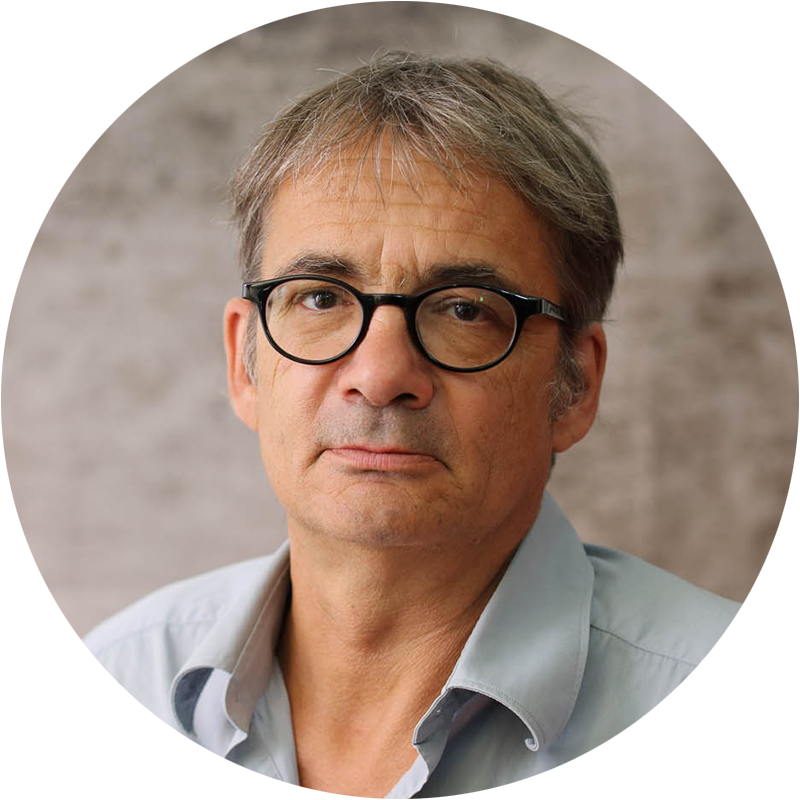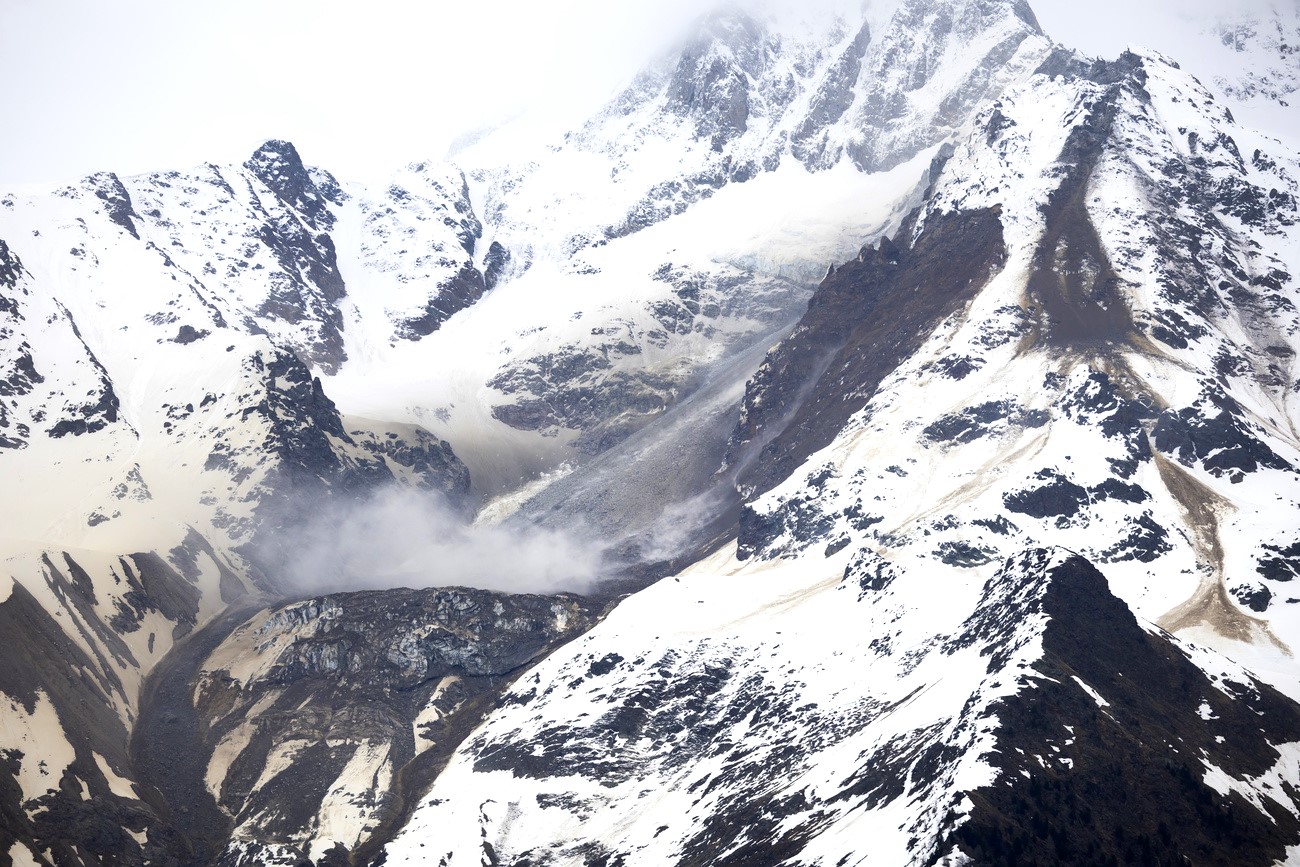Politicians stake claims to Swiss birthplace

Swiss President Micheline Calmy-Rey's much-publicised decision to attend the Rütli meadow on National Day is an excellent political coup, says a political scientist.
But Antoine Chollet, author of a 2006 essay “Switzerland: a divided nation”, believes it also demonstrates the inability of the Swiss political class to distance itself from national mythology.
In May the Rütli commission called off the official celebrations saying too many obstacles stood in the way of organising the event on the meadow, on the shores of Lake Lucerne.
Commission members said they were “ashamed” that the central Swiss cantons bordering the lake were refusing to allow any boats to depart from their landing stages for the historic spot, which is only accessible by water.
These cantons said they did not want to foot the entire bill – estimated at SFr2 million ($1.65 million) – for the additional security required to control rightwing extremists, who travelled en masse to the Rütli in previous years and interrupted National Day speeches.
Justice Minister Christoph Blocher, from the rightwing Swiss People’s Party, defended the decision, saying it was not the government’s job to fund such an event just because high-ranking officials want to go there to celebrate.
Then in June a group of private sponsors agreed to pay for security costs, and the city of Lucerne said it would provide transport to the site.
Nevertheless, Calmy-Rey has said she does not want the Rütli celebrations to be held hostage once gain by extremists and will be giving a much-anticipated speech there. She will be joined by Christine Egerszegi, speaker of the House of Representatives.
swissinfo: All the main Swiss political parties – from the centre-left to the rightwing – have put the Rütli at the heart of National Day. Has the country lost the plot?
Antoine Chollet: You’ve got to put everything in its short-term political context. Calmy-Rey’s decision was above all tactical – and it has worked, as she has wrong-footed the People’s Party on their own turf.
Basically she has reappropriated a whole list of Swiss nationalist stereotypes – and this is strange coming from a socialist. The positive thing is that this reappropriation has been carried out by parties which are not nationalist – this perhaps enables the meaning of these symbols to be widened.
But this whole affair also demonstrates an inability to get beyond these national myths, which clearly remain central to the representation of the Swiss political class. Switzerland has therefore failed to put in place a post-national way of functioning politically.
swissinfo: In this debate patriotism and nationalism have often been opposed. Is that justified?
A.C.: I can’t see any difference between them whatsoever. Over the past two centuries nation and homeland have referred to the same phenomenon, namely a large geographical, political and historical whole, the unity of which has been artificially constructed and which overdetermines the identity of a group or of individuals.
It is because the word nationalism has, at least in French, very negative connotations that certain people oppose it to patriotism.
swissinfo: The issue of national identity is currently a hot topic in Switzerland. Is this a sign of a crisis regarding a sense of belonging?
A.C.: It seems that Switzerland has a permanent national identity crisis. Because no one knows how to clearly define Swiss identity, the substitutes created by putting together Swiss history or by invoking the unity of a country made from diversity result in a contradictory concept.
Today, I find the reappropriation of nationalism by leftwing politicians slightly worrying because it does not alter the founding myths and does not get over the reaffirmation of a boundary between what is Swiss and what is not.
swissinfo, based on a French interview by Frédéric Burnand
In the 13th century leaders of the three forest cantons, Uri, Schwyz and Unterwalden, met at the Rütli meadow in secret. They swore an oath of allegiance, considered Switzerland’s founding act, in 1291.
However, historians say the Rütli only became an icon with unifying power in the second half of the 19th century following conflicts such as the “Sonderbund” war when the confederate army defeated forces of an alliance of Catholic and conservative cantons.
It finally became a key symbol when August 1 was named National Day in 1891, and took on sacral proportions in 1940 during a speech there by Switzerland’s top general expressing Switzerland’s right to independence and self-defence.
Political scientists say all sides of the political spectrum are now doing battle over ideological ownership of the symbol in what is an election year.

In compliance with the JTI standards
More: SWI swissinfo.ch certified by the Journalism Trust Initiative












You can find an overview of ongoing debates with our journalists here . Please join us!
If you want to start a conversation about a topic raised in this article or want to report factual errors, email us at english@swissinfo.ch.